In Dong Ha commune (Duc Linh), some households are harvesting purple taro, while others will have 2-3 months to harvest. However, the current low price of taro makes many growers worried.
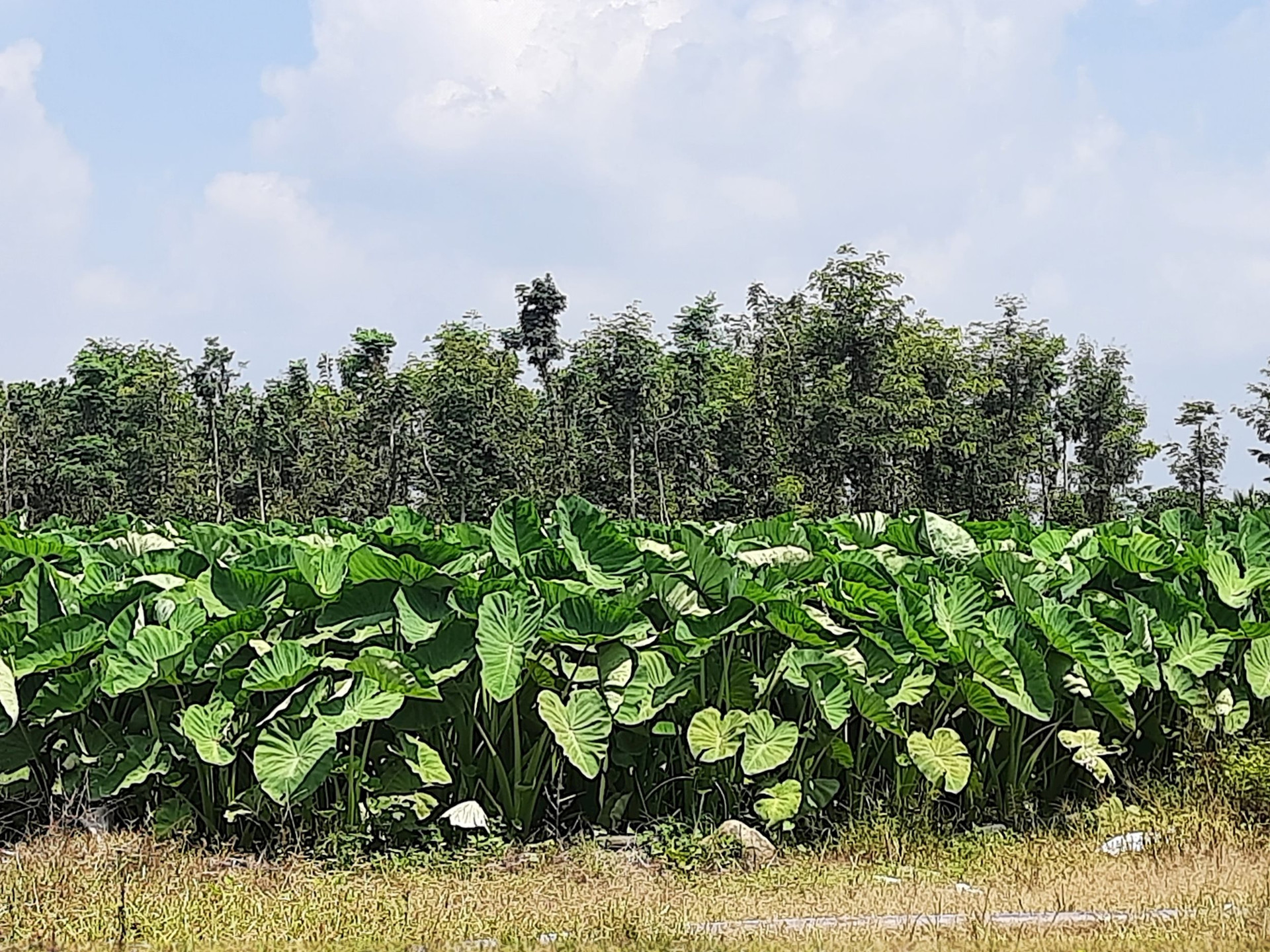
Price reduced by 67%
Mr. Pham Van Hung (Dong Ha commune) said: With more than 10 years of growing taro, there has never been a year with a price drop like this year. The selling price of taro in recent years has been at the lowest level of 18,000 VND/kg and the highest level of 31,000 VND/kg. There are still more than 3 months left for more than 1 hectare of taro to reach harvest time. Through monitoring the current selling price of only 9,000 VND/kg, growers like me are very worried.
Mr. Tran Tuan, in the same commune as Mr. Hung, planted 4 sao of purple taro in the beginning of the 12th lunar month (before Tet 2023) and is now ready to harvest. However, Mr. Tuan called the traders to buy, but the traders have not yet finalized the price. Some growers are selling at 10,000 VND/kg, which makes farmers unprofitable. Over the past 10 years, the price of purple taro has dropped, but it is still at 18,000 VND/kg, and growers earn 10 million VND/sao. That is what Mr. Tuan shared.
The entire Dong Ha commune has more than 50 hectares of purple taro. If in 2022, traders bought purple taro at a price of 30,000 - 31,000 VND/kg, then at present it is only 9,000 - 10,000 VND/kg. A trader said: The price of taro sold at the market to consumers is only 12,000 VND/kg. Currently, the Western region is in the peak taro harvest season. This leads to an increase in supply to the market, while the price decreases, creating a difference in supply and demand. In addition, taro is mainly exported through unofficial channels, but currently it cannot be exported, but is only sold at wholesale markets in Ho Chi Minh City.
Towards product processing
According to Mr. Hung, purple taro is suitable for rice fields, gravel soil, mounds... the plant has few pests and diseases, the investment cost is about 15 million VND/sao. On average, each sao produces 1.5 - 2 tons of taro, the time from planting to harvest is 5 - 6 months, and can be grown 2 crops a year. Purple taro has been associated with Dong Ha people for more than 10 years. For a long time, the price of this agricultural product has been relatively stable, except for 2023. In order for the taro growing area to achieve productivity and economic efficiency, growers need to pay attention to cleaning the grass, keeping enough water on the surface of the field for the plant to grow and develop well and limit harmful pests and diseases. At this time, taro plants are susceptible to fungal diseases and dry leaves. Therefore, growers must pay attention to spraying pesticides to prevent and treat diseases if the plant is sick. It is known that Dong Ha commune and neighboring communes do not have any taro processing facilities or any association that has signed a contract with an official export enterprise to purchase products for taro growers. In addition to being used fresh, purple taro products are also used as raw materials for the food processing industry.
Ms. Nguyen Thi Suoi - Deputy Director of Sen Nui Cooperative (Duc Linh) said: In the situation of high taro prices and low purple taro prices, the Cooperative will invest in a factory to produce dried taro products, and find businesses to sign contracts to purchase products in the near future. From there, a joint group will be established to consume products and solve the output for taro growers in Dong Ha. Because fresh taro will be spoiled and cannot be stored for long, especially during the peak harvest in the middle of the season.
Source


![[Photo] Party and State leaders visit former President Tran Duc Luong](https://vphoto.vietnam.vn/thumb/1200x675/vietnam/resource/IMAGE/2025/5/24/960db9b19102400e8df68d5a6caadcf6)
![[Photo] Ho Chi Minh City holds funeral for former President Tran Duc Luong](https://vphoto.vietnam.vn/thumb/1200x675/vietnam/resource/IMAGE/2025/5/24/9c1858ebd3d04170b6cef2e6bcb2019e)




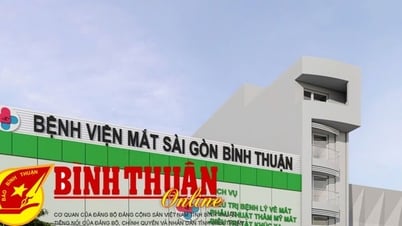



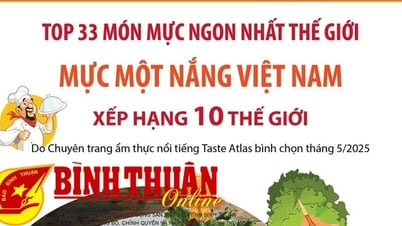
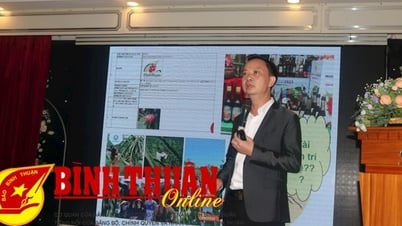











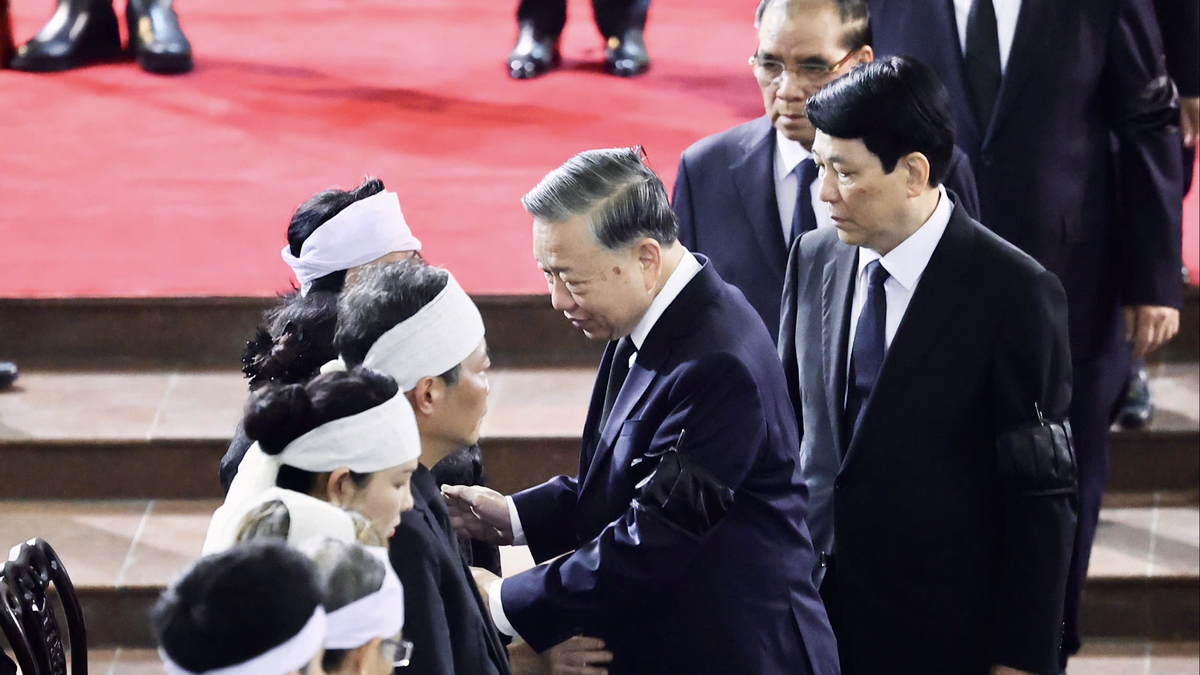




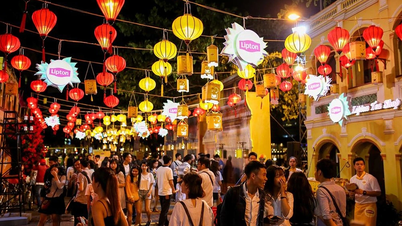



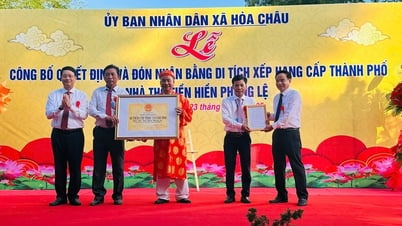




























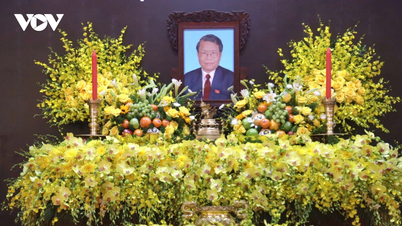
















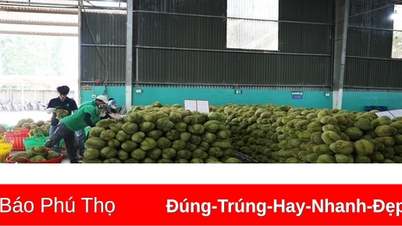















Comment (0)